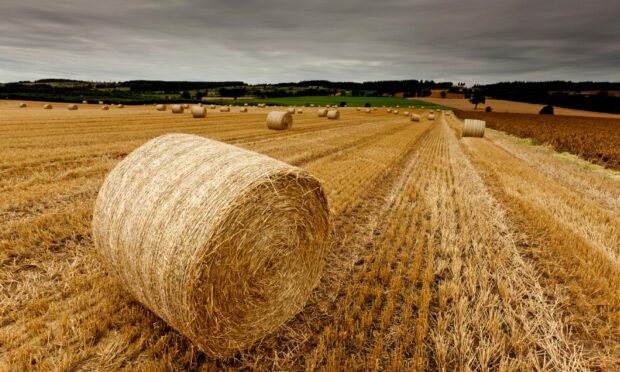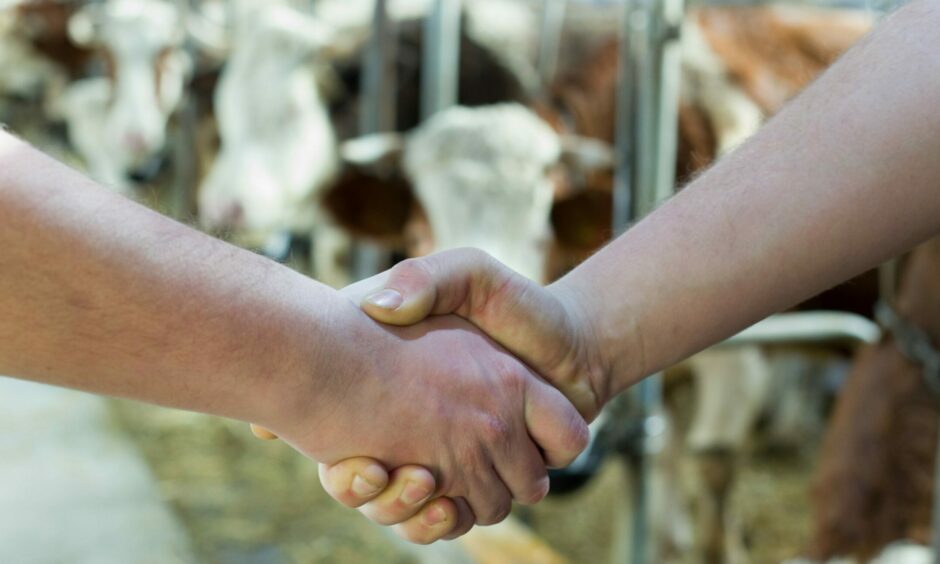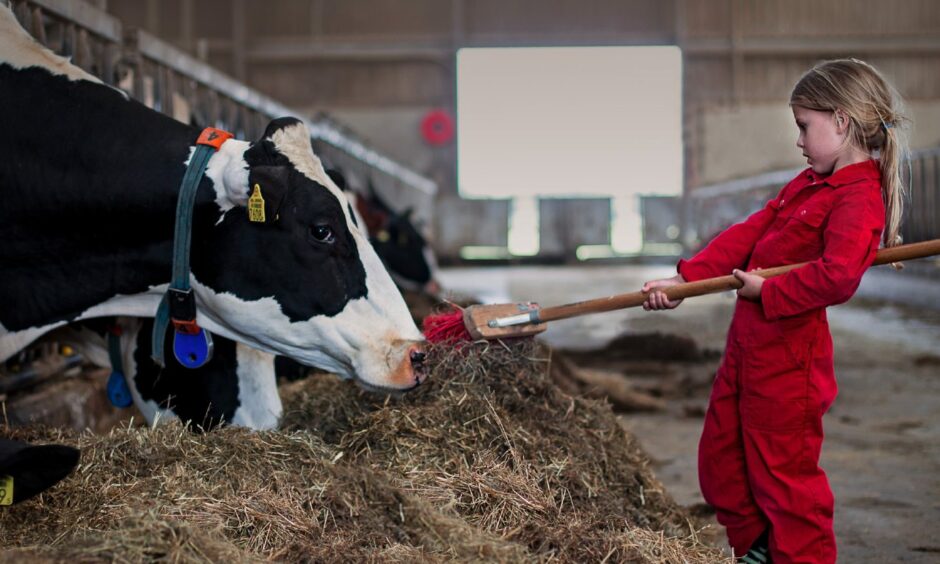The talking points this month seem to have centred around the heat – but in rural policy, there are very few topics which create as much heat as land reform.
In early July, the Scottish Government published its consultation document, effectively firing the starting gun for the Land Reform Bill expected next year.
Following on the theme from previous land reform bills, this seeks to continue Scotland’s land reform journey.
While many living in Scotland have strong views on land reform, a recent survey carried out for the Scottish Government found that 73% of the population knew very little or nothing at all about land reform so while it is important, it is not the burning issue facing most Scots today.
Land reform itself covers many areas, and while it is often portrayed as large-scale land ownership versus community ownership, it is vital to recognise some of the progress which has been made and areas which are often forgotten.
The right to responsible access is a cornerstone of land reform and is often forgotten as a major change by those who claim nothing has changed at all.
Completion of the land register through Registers of Scotland, while a time consuming and costly process for landowners to go through, also ensures there is now far more transparency in land ownership and publicly available information.
Both changes are supported by Scottish Land & Estates (SLE) as responsible measures in modern land ownership.
And while these are developments we have supported, there are reforms which have previously caused concern and continue to do so.
Unintended consequences
Agricultural holdings legislation is one example where government policymaking has led to unintended consequences, with the amount of land available for tenancies in Scotland consistently declining because of legislative reform.
Changing a low risk/low return activity into a high risk/low return situation, this legislation has in part helped to create a log jam of new entrants unable to carve a career in agriculture in Scotland.
Within the newly launched land reform consultation, there are areas which cause some confusion, including the stated aim of “tackling the issues associated with scale and concentration of land ownership in Scotland”.
Indeed, this objective goes against the findings of a Scottish Land Commission report in 2019 on the subject.
That paper stated: “We consider that the scale of a land holding is not in itself the most significant factor… Rather the core issue is the concentration of power.”
‘No intention’ of policy impacting smaller holdings
However, the proposals contained within the new consultation are specifically based on scale.
The Scottish Government states that it is their intention that these proposals would apply to large-scale land holdings where an arbitrary figure of 7,400 acres (3,000 hectares) is used as the criteria for large scale.
There is an acceptance that these proposals should not apply to family farms – yet the government provides no attempt to define just what a family farm is.
While the objective may be to avoid impacting smaller scale holdings or family farms, this is still the early stages of the consultation and that may change.
Impacts such as the ability to impose financial penalties or cross compliance penalties for landowners for not adhering to the principles of the Land Rights and Responsibilities Statement will concern many, with subsidies – a contract between government and an individual business to deliver a form of public good- and land reform currently unrelated matters.
The consultation runs until the end of September, and I would urge anyone with an interest in land management to look at its contents as the impacts may be far reaching and indirectly affect the way land in managed in Scotland.
This is the very start of the process but only time will tell whether it can create more light than heat.
Stephen Young is head of policy at Scottish Land & Estates.



Conversation